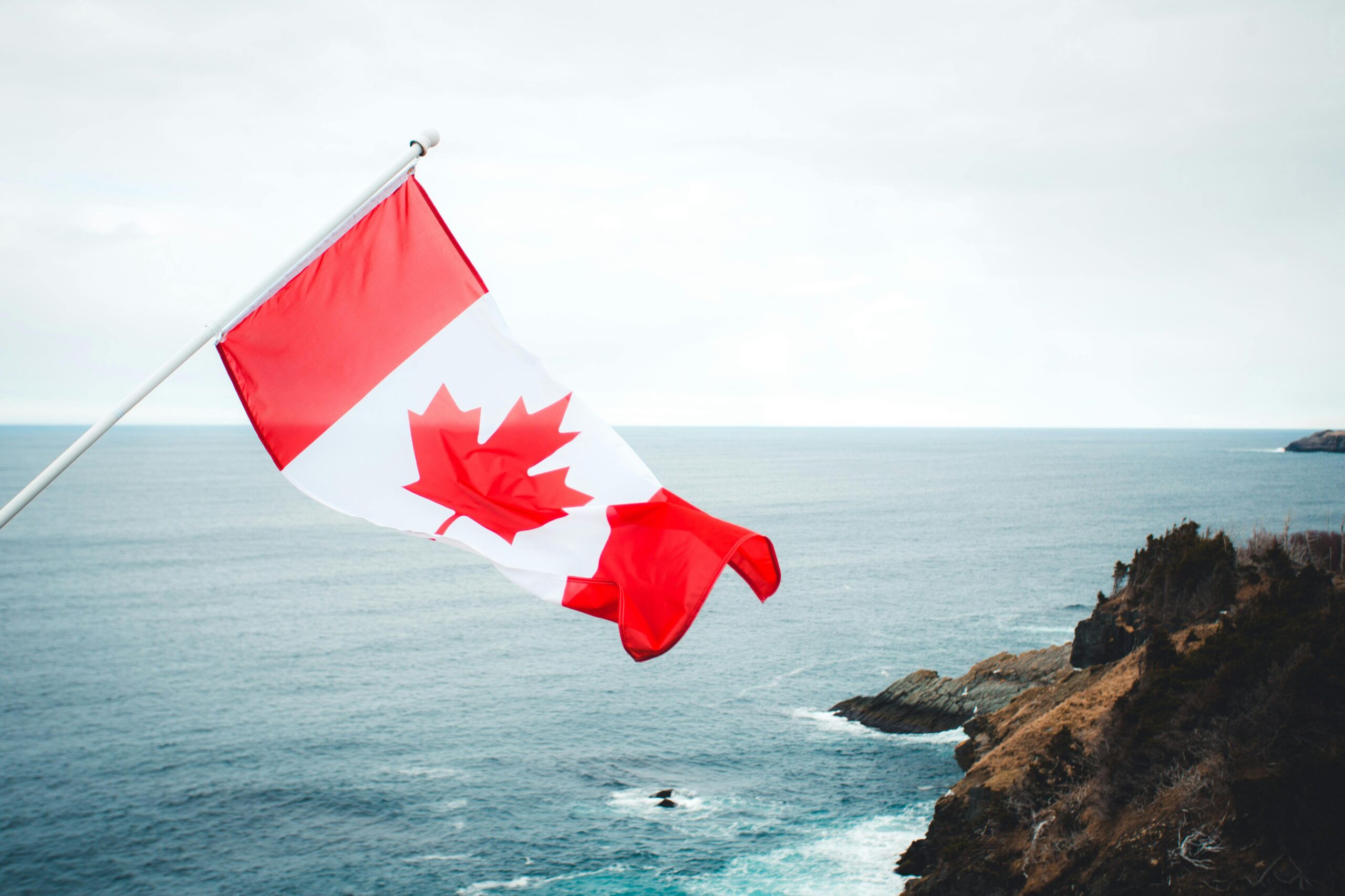
Today Denmark and Canada are leading the American consumer boycott. This trend is powered by increased anger with U.S. political discourse and policy. The Danish Facebook group leading this movement has gained around 90,000 members. Under Bo Albertus’s leadership, the working group advocates for local competition to American products. As a result, they’ve broken records for engagement, garnering more than 20,000 visits to their Facebook page every 2 weeks.
Nationalistic Fervor Fuels Boycott in Denmark
The strength of the movement’s wave is most powerfully felt in Denmark. President Donald Trump’s ridiculous offer to purchase Greenland unleashed waves of nationalistic fervor. Albertus didn’t mince words about his dislike. He explained, “I just couldn’t take it anymore with statements that Trump was making like we should consider buying Greenland.” He believes that while individuals may feel powerless against the American political system, they can still effect change through their purchasing decisions. “Now, there’s nothing I can do about the American political system, but I like to think that I can vote with my credit card,” he stated.
In addition to the boycott, members of the boycott group come together to provide local substitutes for American products. They invite you to make recommendations for products such as footwear and lawnmowers. Mette Heerulff Christiansen is the owner of Broders, a small grocery store on the west side of Copenhagen. She is no longer carrying American products such as Cheetos crisps and Hershey’s chocolate bars. Rather, she is substituting them with Danish or European ones. Christiansen said in response, “I think it’s really more for the Danish people to have the satisfaction of knowing that they are doing something.”
Danish Government Supports Consumer Choice
The Danish government believes in empowering consumers to make informed choices. Which is precisely why they’ve rolled out a new symbol—an black star—across pricing labels to indicate products from non-European brands. This concept is now being embraced by Denmark’s largest grocer, Salling Group. To encourage consumers to buy local, the symbol will make it simple for consumers to identify European products.
Bianca Parsons, a representative of the boycott group, noted the significant online engagement they have experienced: “We’re now getting over 20,000 hits [to the site] every two weeks.” She emphasized the positive impact of the movement on local producers, stating, “I’ve had producers reach out to us and say: ‘I’m selling out at stores that I would never sell out before, thank you so much.’”
The movement is not limited to Denmark. In Canada, Sasha Ivanov recently rolled out Maple Scan, an app that allows consumers to identify Canadian alternatives to American products. In just over a month, the app has exceeded 100,000 downloads. Ivanov’s initiative is part of a broader movement, much like that in Denmark—empowering consumers to use their purchasing power at the local level.
Critics of consumer boycotts, like PEW, contend that their economic impact is overstated by supporters. As Ethan Frisch noted, avoiding American companies wouldn’t produce meaningful changes in the context of the wider economy. He stated, “I think there’s this assumption that, if you boycott an American company, it’s going to have an impact on the economy and maybe change the situation. I think that assumption, unfortunately, is wrong.” He further noted the challenges faced by businesses during this period: “The [US] economy is crashing all up by itself. Businesses like ours are struggling without boycotts.”
Douglas Irwin also offered important perspective on trends caused by boycotts throughout history. As he said, “Most historically, boycotts have not succeeded in going long and succeeding. They usually start out with a very angry response to a US provocation, but just like that reaction, the outrage quickly dies down.” This feeling highlights the mistrust and skepticism about how long these movements will last, and how impactful they’ll be.
Despite such criticisms, the boycott movement continues to foster community engagement and provide a platform for expressing dissatisfaction with U.S. policies. Albertus reflected on the broader implications of their actions: “It’s a movement that is quite a lot bigger than just our little country, so it all adds up,” he said.
What The Author Thinks
While the boycott movement in Denmark and Canada is gaining traction and driving local economic changes, its long-term effectiveness remains uncertain. Boycotts of this nature rarely achieve sustained impact, as seen in historical trends. However, this movement does highlight the power of consumer choice and the growing frustration with U.S. political actions. While its economic effects may not be as dramatic as supporters hope, the continued engagement and local support suggest that it may serve as a catalyst for broader political and social discussions.
Featured image credit: Erik Mclean via Pexels
Follow us for more breaking news on DMR
